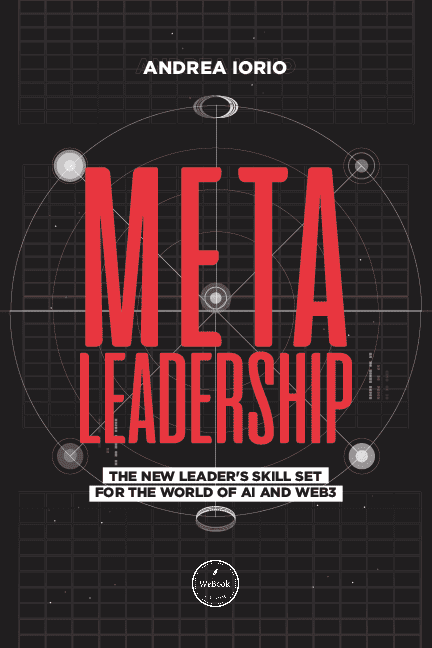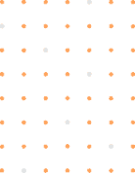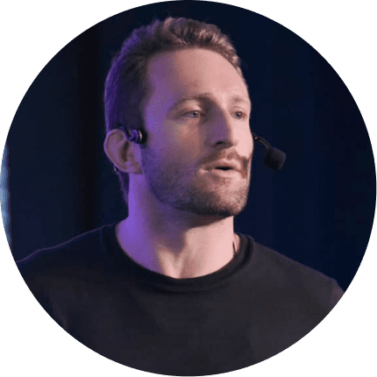I was recently studying an Accenture report called "Meet me in the Metaverse", which explores the main building blocks behind the construction of what they call the "Metaverse Continuum". First, what is the Metaverse Continuum all about?
According to Accenture, it is a spectrum of digitally enhanced worlds, realities and business models poised to revolutionize life and business over the next decade, and the word Continuum complementing the Metaverse refers to the metaverse as a continuum evolving and expanding across multiple dimensions such as:
• various technologies including XR, blockchain, artificial intelligence, digital twins and smart objects – including edge computing.
• It encompasses the “virt-real” – the range of experiences, from virtual to a mixture of virtual and physical, in other words, the immersive phygital world.
• Describes the spectrum of immersive consumer experiences and the new business models that will be reinvented and transformed by the Metaverse in every enterprise.
Within this Continuum, as I mentioned, Accenture points out to have 4 decisive and fundamental blocks for its construction, they are the following:
WebMe, ie introducing the Self into the Metaverse;
The Unreal, that is, transforming synthetic into authentic, where AI-generated data and synthetic content mimic what is “real” in a very assertive way.
Computing the Impossible, in other words, as a new generation of computers are solving some of the world's most unsolvable problems.
And finally, the "Programmable World", ie how control, customization and automation are being part of the world around us, making the physical world as programmable as the digital world.
And it is precisely this programmable world, and its role in the construction of the Metaverse, that we are going to explore in this article.
In 1970, NASA's famous Apollo 13 mission had a big problem: after the spacecraft was launched into space, the oxygen tank suddenly exploded and the situation became critical. To save the astronauts, NASA used a digital model of Apollo 13 to simulate it. After many attempts, they found a solution and sent it to the astronauts in the spacecraft. In other words, it was in those years that the world came across the first version of a Digital Twin, a concept that we have already learned well throughout my Podcast, the Meta Leadership, and that it is a digital replica of a real object.
At the same time, in 1974, researchers at Carnegie Mellon University created the first connected Internet of Things device. It was a Coca-Cola vending machine.
David Nichols, a student in CMU's computer science department, got thirsty while in his office, and since the nearest vending machine was far away and was probably empty, he didn't want to get up to get a drink. Instead, he thought he could connect the machine to a light that flashed in his office when someone was about to get a Coke, or when the machine was going to run out of soda or when it was being restocked. That's when two other students, Mike Kazar and Ivor Durham, started working on the project, and they plugged in the device, connected it to ARPANET (an old early version of the Internet), wrote some codes, and the light, voila, started to work.
You might be asking yourself: Andrea, why did you go so far back in time to talk about a future trend like the Metaverse?
Because if we are going to follow some reasoning here, we have to start with the very definition of the Metaverse, which is the combination of two spheres: the virtual world that replicates the physical world, and the digitally enhanced physical world. Here we can see, then, that in the 70s and 80s, work began on the blocks that make up the metaverse, that is, on the one hand Digital Twins, and on the other hand Iot (which, however, was a term that was only popularized in 1999).
And the second step of this reasoning that we need to realize together is the following: what was the main way that allowed this to happen?
It was obviously the ability to program, whether the physical world through IoT, or the Digital world through lines of code.
And when we look at the world that awaits us, from an immersive metaverse, or Continuum as Accenture called it, the key will be exactly the same: the ability to program this world, and that, however, goes through much more advanced technologies and tools. .
Let's go by steps, making a small summary of the history and the role of technology in manipulating the environment that surrounds us: Twelve thousand years ago, new agricultural techniques and technologies started the Agricultural Revolution. People left hunter-gatherer societies to grow crops and raise livestock on farms, and began to command their physical environments to a degree that has never been done before. Deforestation, permanent settlements, and eventually irrigation systems began to change the face of the world. Centuries later, in the 1700s, mass production with machines, the construction of factories, and inventions such as the steam engine gave life to the first Industrial Revolution. These new technologies have further transformed our relationship with the physical world. They led to the construction of cities, long-distance transport networks and tunnels and bridges, turning impassable areas into all-important transport and commerce arteries.
This same pattern has happened many times throughout human history. Great revolutions occur when new technologies appear in the world and transform our relationship with it, giving more command and control over the environment. And so our physical world changes, so does what we do in it.
We went from collectors and farmers; from artisans to machinists; from rural to urban dwellers. Now, as the real-world impact of the current digital revolution begins to reach critical mass, we are embarking on the next big transformation: the programmable world.
In this world control, customization and automation – taken for granted in the software area – will be part of the physical environment around us. We will increasingly have the unprecedented ability to command the world to meet our individual needs, deciding what we see, interact with, and experience with greater ease and fidelity than ever before. And companies will build and deliver those experiences, as well as reinvent their own operations for a new kind of world. Indeed the world is becoming a place that can be shaped as broadly, personally and many times as our experiences on the internet – changing the way we live.
The truth is that even the term "programmable world" does not go far, as in 2014 a famous article from Wired magazine entitled "In a programmable world, all of our Objects will act as one", that is, "in a programmable world, all our objects will act as one", was already talking about a future of programmable IoT, but there was still not much talk about Digital Twins.
So I would say that today's programmable world is more complete, as it also includes our ability to program the virtual world.
Let's think about materials for clothes, like fabrics. We can consider their future, as programmable, at the particle level, to the point that they are called programmable materials. Programmable materials are materials or material compositions, which are structured in such a way that their properties can be specifically controlled and reversibly changed. Complex and locally different functions can be programmed into these materials. Depending on the application and situation, the material adopts different conditions and material properties initiated by external triggers. Where can all this impact be seen?
Resource and energy efficiency (harvesting energy, solar technology, cooling, etc.)
Environmental technologies (effective filter systems, indicator systems, etc.)
Miniaturization of technologies (integration of functions, high functional density)
Better resilience (adaptability, self-healing, few moving parts)
Medical and healthcare technology (diagnosis, therapy, implants, etc.)
Take a look at this example: In 2020, London-based fashion designer Scarlett Yang created a garment that looked like glass, changed texture in response to temperature and weather, and dissolved if you left it in water. This was not science fiction or magic trick, but rather a design made possible by technology. Yang's clothes were made from seaweed extract, which formed an intricate leather lace when 3D molded.
Okay, we're not yet at the level of the programmable particular as I mentioned, but we already see experiments heading in this direction as well: in June 2021, engineers at the Massachusetts Institute of Technology developed "programmable fibers" that could allow us to carry data on our clothes. The fibers are made of silicon chips that are electrically connected to each other. That way, they can have a certain amount of file storage capacity that can last up to two months without extra power.
According to senior researcher Yeol Fink, these digital fibers could also act as sensors to monitor physical performance and possibly even detect disease, especially if they integrate a neural network. A neural network can help predict a user's activity and body patterns and eventually produce early detection of a respiratory or health problem.
You then realize that we always go back to the same enablers of Web3, that is, the combination of Iot (sensors), Edge computing (which in the future will allow this fiber to have computational power as well), 5G (for data transmission without latency), and finally Artificial Intelligence to be able to extract insights from this data (just as the neural network was mentioned above, which is what allows you to truly detect diseases, for example).
This is a clear example of the programmable world that awaits us, and that will somehow help to make the Digital Twins more assertive (think of a digital twin of our "health", since we wear clothes all the time with programmable fibers: this will certainly be much more accurate than a digital twin that has fewer real-time data points for our health).
Not everything can be that simple: according to the same report by Accenture Meet me in The Metaverse, most companies will not develop all these technologies in-house, so interoperability between different companies and products will be fundamental. Unfortunately, this is proving to be a challenge: consider a J.D. Power of 2021: Smartphone connectivity in cars has worsened in the past year, particularly on the WiFi part, and it's due to software coordination issues between automakers and tech companies.
Second, as companies scale their programming projects from the physical world, they will be introducing many more connected and smart devices and creating new entry points connecting our physical and digital worlds.
Each of these entry points opens up possibilities for innovation and new types of customer experiences, but each also creates a potential security and data privacy risk that will not be relegated to the digital world, but will have serious consequences in the physical world as well.
In other words, there are still many open points that need to be resolved, so that we can realize the vision of a programmable world - but that the increasing hyperconnectivity of the modern world is allowing the creation of a more assertive metaverse, through Digital twins more real, and more interoperable, is something we can say with certainty.









